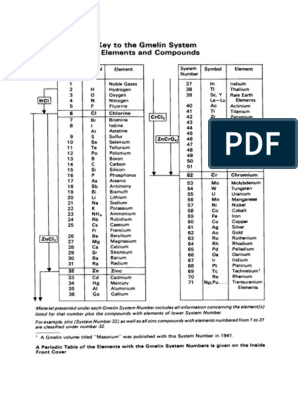0% found this document useful (0 votes)
562 views15 pages4ch1 1cr Rms 20250821
The document is the Mark Scheme for the Summer 2025 Pearson Edexcel International GCSE Chemistry Paper 1CR, detailing the marking guidance and specific questions along with their corresponding answers and marks. It emphasizes the importance of consistent and fair marking, rewarding candidates for their demonstrated knowledge. The document includes a variety of chemistry questions covering topics such as states of matter, chemical reactions, and properties of substances.
Uploaded by
szraalnajjar1Copyright
© © All Rights Reserved
We take content rights seriously. If you suspect this is your content, claim it here.
Available Formats
Download as PDF, TXT or read online on Scribd
0% found this document useful (0 votes)
562 views15 pages4ch1 1cr Rms 20250821
The document is the Mark Scheme for the Summer 2025 Pearson Edexcel International GCSE Chemistry Paper 1CR, detailing the marking guidance and specific questions along with their corresponding answers and marks. It emphasizes the importance of consistent and fair marking, rewarding candidates for their demonstrated knowledge. The document includes a variety of chemistry questions covering topics such as states of matter, chemical reactions, and properties of substances.
Uploaded by
szraalnajjar1Copyright
© © All Rights Reserved
We take content rights seriously. If you suspect this is your content, claim it here.
Available Formats
Download as PDF, TXT or read online on Scribd
/ 15
























































































